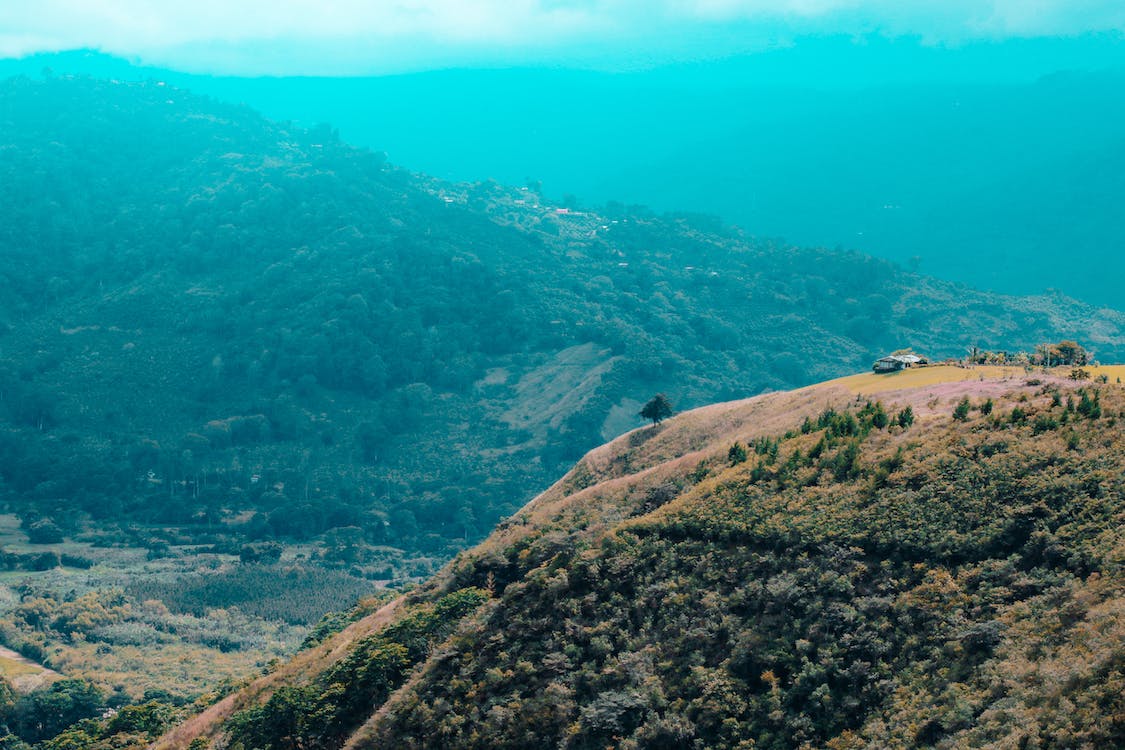Would you want to live longer? Consider eating like a 100-year-old
You cannot ensure that you'll live to reach 100 years old. Yet examining the diets of the world's centenarians can teach us a lot.

Five locations in the globe have been identified by researchers as having extraordinarily high life expectancies, with many individuals regularly surviving to 100 or beyond. The Nicoyan Peninsula in Costa Rica, Loma Linda, California, and the islands of Okinawa in Japan, Sardinia in Italy, and Icaria in Greece are among these so-called "Blue Zones."
The diets, ways of living, and customs of those living in these Blue Zones may seem to be quite different from one another at first look.
Many of Sardinia's long-lived inhabitants reside in areas with mountains, where they hunt, fish, and gather their own food, including goat's milk, pecorino cheese, barley, and garden vegetables. While red wine is a staple and people in Icaria consume a typical Mediterranean diet with lots of fruits and vegetables and moderate amounts of meat and seafood, the long-lived residents of Loma Linda are members of a close-knit Seventh-day Adventist community that abstains from caffeine and alcohol.
In the past, Okinawans mostly ate plant-based foods. Sweet potatoes, tofu, and fresh vegetables—often taken from their own gardens—provide the majority of their calories. They also value pork, which is often reserved for exceptional events. The traditional Mesoamerican diet of Nicoyan centenarians is often high in starchy plant foods such as maize, beans, and squash.
Life expectancy seems to be influenced by a variety of things. According to some studies, nutrition, environment, exercise, and other lifestyle variables make up the remaining 75% of a person's life expectancy, leaving 25% to genetics. A decade or more may be added to your life expectancy, according to research, even if you don't start improving your diet until your middle years or later.
There are other factors than diet that contribute to long life spans. According to research, those who live in areas where long life is the norm often have close relationships with friends and family, a sense of purpose, and a good attitude towards life. According to Dan Buettner, author of the new book "The Blue Zones American Kitchen," they take part in lots of physical activity and spend a lot of time outdoors gardening, farming, or interacting with neighbors.
Years have been invested by Buettner in studying, investigating, and writing about the Blue Zones. Also, he has performed in-depth scientific research on their diets. He has discovered that while their eating habits are quite different from one another, they do have at least four things in common. You may apply those ideas to your own life by carrying out the following steps.

Every day, have a cup of beans, peas, or lentils
Those that reside in Blue Zones particularly like eating legumes. Similar to fava beans in Sardinia and black beans in Nicoya, soybeans form a significant component of the traditional cuisine in Okinawa. Individuals in the Blue Zones often consume a range of fiber-rich plant foods, such as beans.
According to studies, consuming a lot of fiber-rich meals increases feelings of fullness and lowers cholesterol and blood sugar levels. Along with lowering your chance of dying from heart disease or a stroke, two of the major causes of mortality globally, it also guards against diabetes and cancer.
According to a research published in PLOS Medicine last year, most individuals might live longer by moving from a normal Western diet to a healthy one. The foods that increased life expectancy the most were beans, chickpeas, lentils, and other legumes. The sweet potato and black-eyed pea soup dish is worth a go.
Find a way to include a cup of beans in your diet each day, advises Buettner. One cup provides half of the daily recommended fiber intake.
Every day, eat a handful of nuts
Nuts are an important part of many Blue Zone residents' diets since they are high in vitamins, fiber, and minerals. According to Buettner, pistachios are a favorite of Nicoyans whereas almonds are popular in Icaria and Sardinia, where they are utilized in numerous cuisines.
According to a study published in JAMA Internal Medicine that followed 31,000 Seventh-day Adventists, those who consumed nuts more than four times per week had a 51 percent lower risk of having a heart attack and a 48 percent lower risk of passing away from the condition than their counterparts who consumed nuts no more than once per week.
Gather a handful of pistachios, cashews, walnuts, or almonds. Pour almond butter over a bowl of plain yogurt or oats for a nutritious breakfast. For supper, top a salad or stir-fry of vegetables with some chopped almonds.

Eat breakfast like a king, lunch like a prince and dinner like a poor
The majority of calories are often consumed earlier in the day than later by those in the Blue Zones. Traditionally, Okinawans have a substantial breakfast and a light lunch. Buettner claims that they don't even eat supper.
He saw the Seventh-day Adventists in his study eating a substantial breakfast around 10 am along with a smaller lunch at 4 pm. Then they are through for the day, he said. When individuals did have supper, Buettner observed that it would often occur in the late afternoon or early evening in all the Blue Zones he researched. They aren't eating large meals or late suppers, he said.
This eating schedule is in accordance with our circadian rhythms, or internal 24-hour clocks, which lead our bodies to metabolize food most effectively in the morning and early afternoon. Studies have shown that people who are advised to eat the majority of their calories in the morning lose more weight and experience greater improvements in their blood sugar, cholesterol, and other metabolic risk factors than people who are taught to eat the majority of their calories in the afternoon. When they adhere to an early eating schedule, they also burn more fat and have less hunger.
Share meals with your loved ones
Families often have at least one meal together every day in the Blue Zones, which is typically lunch or dinner. Families with active schedules may find it challenging to sit down to supper every night, but it is still important to make an effort.
Families that have meals together consume food that is much more healthy, eat more slowly, and, according to reliable studies, are less likely to struggle with eating disorders.
Family dinners are a priority for married couples, according to research, and these couples report greater levels of marital happiness. Regularly eating home-cooked meals with their kids helps parents eat more fruits and vegetables, and their kids are less likely to become obese.
Making modest dietary and lifestyle adjustments can ultimately boost the likelihood that you get to enjoy a 100th birthday, even if you can't alter your DNA. Buettner was told by Okinawan centenarian Kamada Nakazato that the key to longevity is simple: eat your veggies, keep a positive mindset, be polite to others, and smile.































